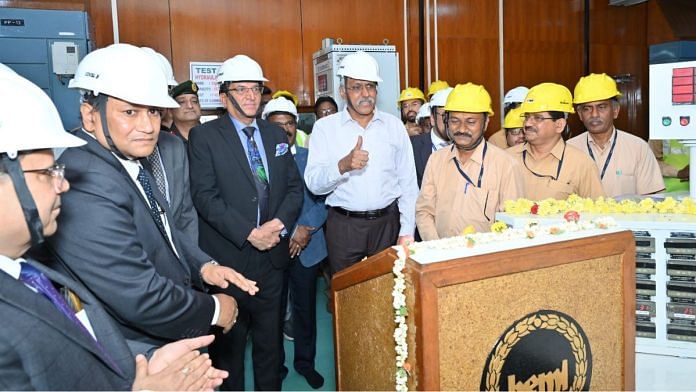New Delhi: On Tuesday, India carried out its maiden test of a 1,500 HP indigenous engine that would power all future tanks of the country including the Arjun MK-1A.
This is a significant development, since the testing, which is a technology demonstrator, will pave the way for India using indigenous engines for tanks rather than being dependent on foreign ones.
The major benefactor in the immediate run will be the Arjun MK-1As, the production of which has been delayed due to lack of engine supply by a German firm Motoren-und Turbinen Union (MTU). The company had notified the defence ministry of its inability to deliver the engines on time, citing the shutdown of their production line, sources within the defense establishment said. They explained that restarting this particular line, especially amid their focus on producing engines for the Russia-Ukrainian conflict, will take time. This setback will extend the delivery timeline for the Arjun MK 1As by at least 3 years, if not longer.
Following this, the Defence Research and Development Organisation (DRDO) had sped up the indigenous development plan which was rolled out for the future ready combat vehicles (FRCVs).
The 1,500 HP indigenous engine has been tweaked for the Arjun MK-1As.
Tuesday’s test was carried out at the state-run BEML’s Ltd’s engine division in Mysuru and marks the completion of its project’s Generation One, focusing on technology stabilisation.
Generation Two will see BEML producing engines for various trials at Combat Vehicles Research and Development Establishment, a DRDO laboratory, and their integration into actual vehicles for user testing.
The project is slated for completion by mid-2025. Initiated in August 2020, the project has been meticulously structured into five major milestones, ensuring timely completion and adherence to quality standards, the defence ministry said in a statement.
“The 1,500 HP engine represents a paradigm shift in military propulsion systems, possessing cutting-edge features such as high power-to-weight ratio, operability in extreme conditions including high altitudes, sub-zero temperatures, and desert environments. Equipped with advanced technologies, the engine stands on par with the most advanced engines globally,” a statement released by the Defence Ministry said.
What is important is the emphasis on the ability of the engine to operate in high altitudes. While the Arjun tanks are meant for the deserts and can’t operate in the high-altitude and mountainous terrain because of its weight, the FRCVs are designed to operate in both terrains.
(Edited by Zinnia Ray Chaudhuri)
Also read: Tiger Triumph-24 — India-US tri-services exercise to boost coordination begins



